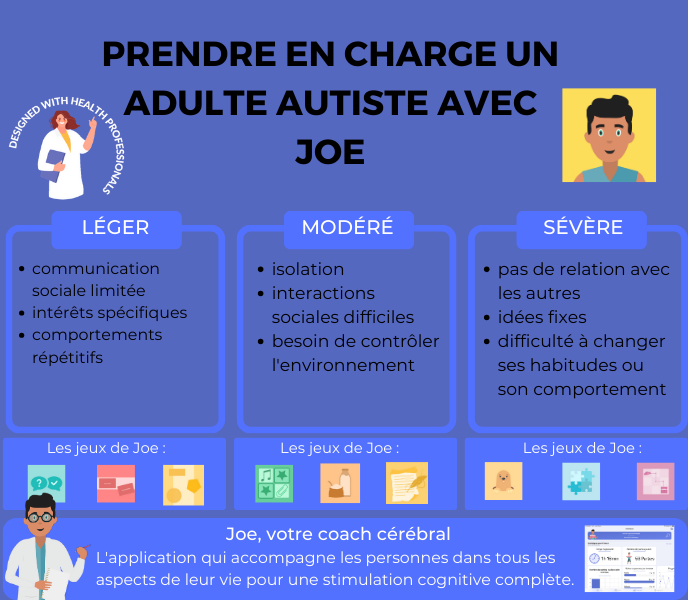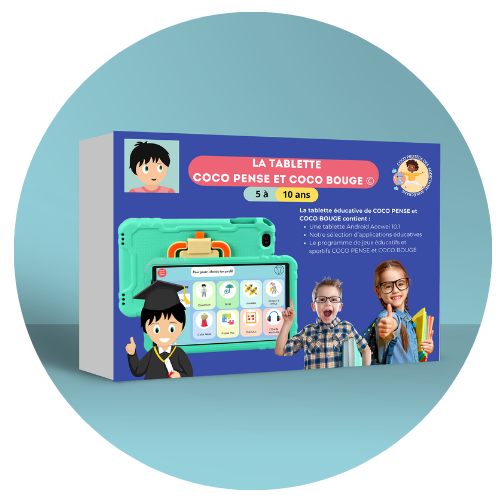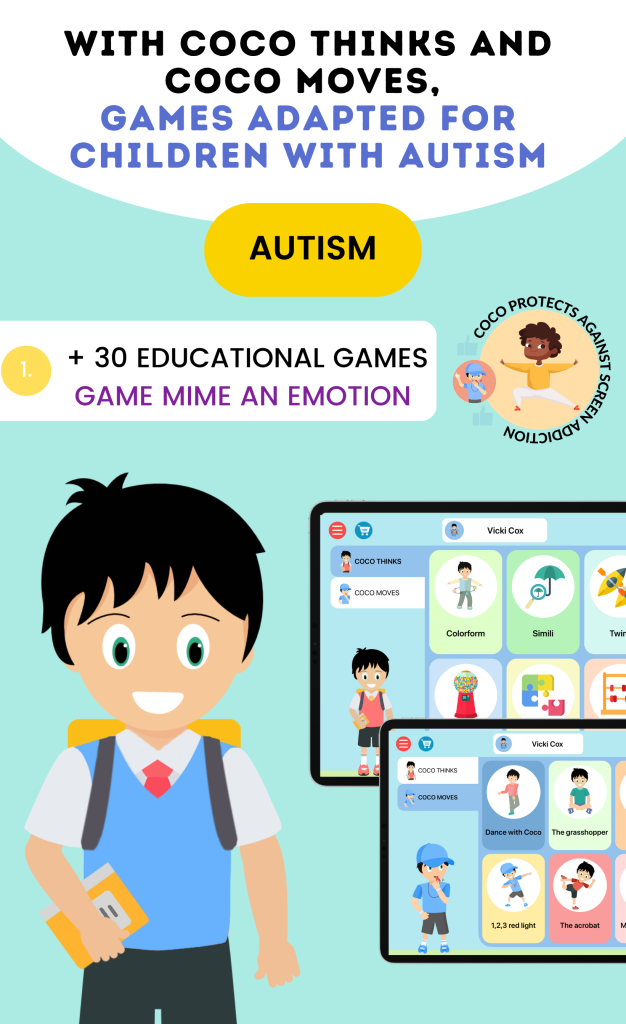Non-verbal autism
Autism, a complex developmental disorder, affects around 8,000 children every year, underscoring its prevalence and importance in our society. However, it is essential to recognize that, among this considerable number, each child experiences autism in a unique way. Autism Spectrum Disorders (ASD) encompass different subtypes, each with distinct individual characteristics, levels of severity and vulnerabilities.
Communication difficulties are one of the hallmarks of autism spectrum disorders, with some people being non-verbal, meaning they have difficulty communicating verbally. However, it is important to understand that non-verbal communication does not equate to a total absence of communication skills. Rather, it highlights the need to find alternative methods of communication and to adapt the environment to meet the child’s specific needs.
For non-verbal autistic children, exploring alternative communication tools such as augmentative and alternative communication (AAC) systems can prove invaluable. These tools encompass a range of strategies, from picture exchange systems to high-tech speech-generating devices, adapted to the child’s abilities and preferences. In addition, creating a supportive environment that adapts to and respects their unique communication style is essential to fostering meaningful interactions and promoting their overall development.
Autism often affects several skills in a child’s development. It is therefore important to have a general vision in order to better support the child’s development.
The non-verbal child
When a child suffers from a severe communication disorder, as is often the case with autistic children, it can be described as non-verbal. In this case, the child may present difficulties such as a limited vocabulary, difficulties in constructing complex sentences or an inability to use oral language effectively.
In some non-verbal children, speech may be totally absent, or they may use only a few words to express their thoughts or needs. In the absence of verbal language skills, these children rely mainly on non-verbal forms of communication, using gestures, facial expressions and body language to express themselves.
What’s more, the impact of verbal difficulties goes beyond communication alone, and can affect various aspects of a child’s development, including social interaction and academic progress.
Early intervention is key to supporting children with communication disorders, providing them with tools, alternatives and strategies to effectively overcome their difficulties. By equipping these children with the right resources and support, they can learn to engage and communicate meaningfully in their daily lives, thereby promoting their overall development and well-being.
How do you communicate with a non-verbal child?
Before looking at how to create a dialogue with a non-verbal child, it’s important to remember that an autistic child may also have difficulty relating to others and expressing his or her needs. These difficulties are specific to autism and are not linked to the ability or inability to speak. It is therefore important to take relational aspects into account when communicating with autistic children.
We have just seen that a non-verbal autistic child can communicate. Communication can take place through different channels, so it’s important to know which channel the child wants to use. All children use facial expressions to express themselves. Facial expressions are universal and everyone can give them meaning. In this case, it’s important to exaggerate the expressions to make them more obvious to the child.
Mobile applications like Mon Dico
- Description: Mobile applications like “Mon dico” offer an interactive and dynamic platform for communication. They can include text-to-speech functions, visuals, and customization options to add your own images (images of the home, images of the child or adult, fetish objects, loved ones, …).
- Use: These applications are ideal for people who are comfortable with technology and require a more complex and detailed method of communication. They offer great flexibility and can be adapted to the user’s changing needs.
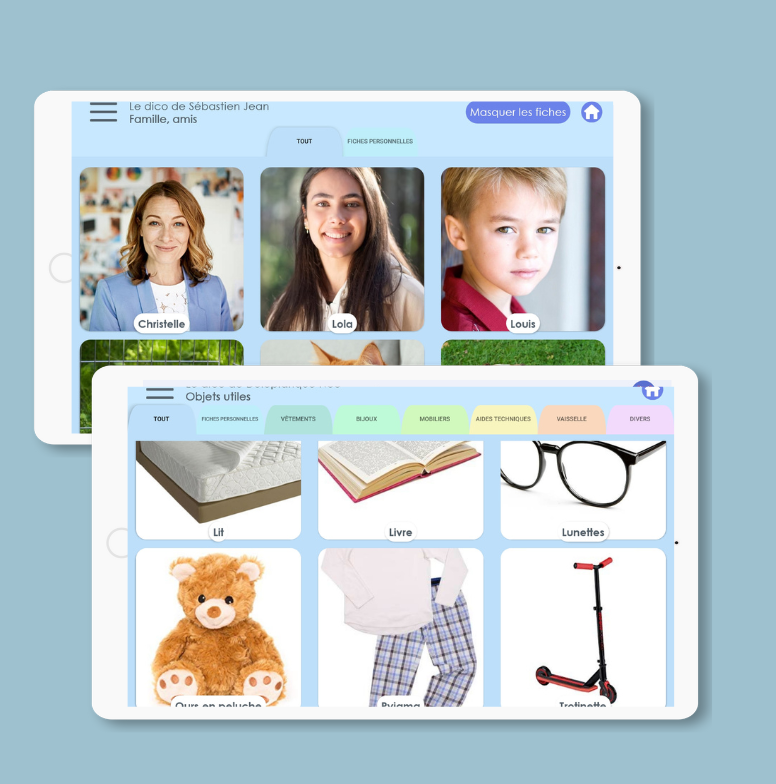
It’s worth remembering that children with autism may have difficulty recognizing emotions, both their own and those of others. You can use books or games to help them learn to recognize this. For example, in the COCO THINKS and COCO MOVES you’ll find the game “Mime an emotion”. Using descriptive images and audio, children can learn to recognize emotions in themselves and others. They will then be able to match what they hear to their own emotions and those of others.
Here are just a few of the emotions children can learn from the COCO THINKS and COCO MOVES applications:
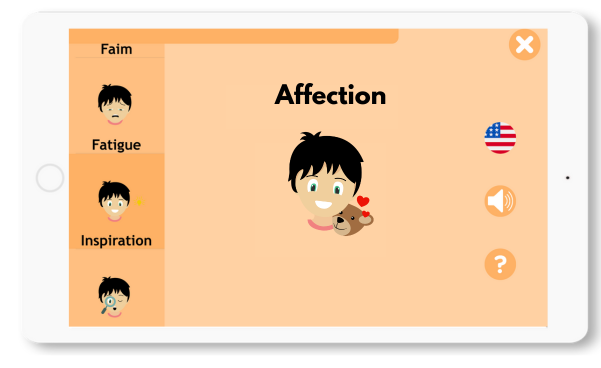
Affection

Inspiration
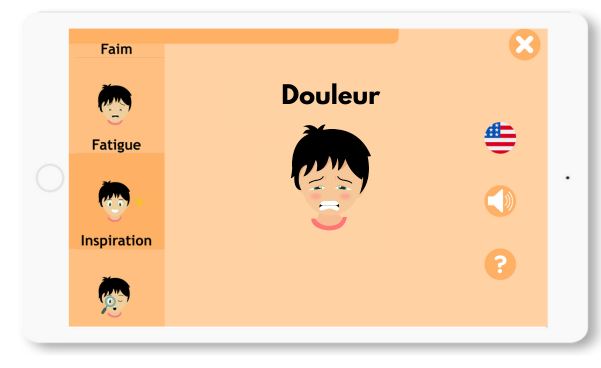
Pain
Another solution is to use images.
Pictures can help children expand their vocabulary if it’s limited, or replace communication. Images are easy for children to recognize and use.
There are different types of alternative communication for autistic children. In this case, it is important for the child to be monitored by a speech therapist who can teach the child and parents to use this type of communication. Learning to use these tools is not easy and takes time, because it’s like learning a new language. You need to be patient and help your child. It will be important to integrate this tool at school too, to enable the child to communicate in all situations.
When talking to your child, try to speak softly and give him or her time to respond. Similarly, when it’s the child who wants to communicate something, whether with a word or by showing a picture, give him time to express himself.
Once the child has finished, you can make the sentence more complex. For example, if the child has said the word “water” or shown the picture of water, you can say: “Would you like me to give you some water? Yes, here’s some water”. In this way, not only will the child be happy to be understood, but he’ll also be able to form more complex sentences and improve his communication skills.
Speech therapy for non-verbal children
Speech-language pathologists play a crucial role in supporting children with language or communication disorders, including those with autism spectrum disorders (ASD). It is very helpful for children with ASD to benefit from speech therapy services to meet their special communication needs.
For non-verbal children with ASD, it’s important to recognize that communication takes many forms beyond verbal language. A speech-language pathologist may work with the child to explore alternative communication methods, such as augmentative and alternative communication (AAC) systems, sign language or picture communication systems. By adapting interventions to the child’s abilities and preferences, SLPs facilitate effective communication and interaction.
In addition, Speech-Language Pathologists provide valuable advice and support to families, offering strategies and activities to promote language development and communication skills at home. Collaboration with speech therapists enables families to create an enriching communication environment and implement effective communication strategies tailored to their child’s needs.
Ultimately, the goal of speech-language pathology is to equip children with ASD with the tools and skills to communicate effectively, fostering meaningful interactions with their environment, family members and peers. Through ongoing support and intervention, speech-language pathologists play an essential role in improving the overall communication and social functioning of children with ASD.
Non-verbal children and school
Children with communication disorders, including those with autism spectrum disorders (ASD), can experience difficulties in the school environment that can impact on their academic performance and social interactions. It is essential that educators and school staff understand and take into account the unique communication needs of these students in order to effectively support their learning and development.
When a child with ASD uses alternative communication methods – such as pictures, apps or sign language – it’s essential that teachers are informed and trained in the use of these modalities. This enables them to facilitate communication and interaction in the classroom environment and promote the inclusion of all students. In addition, educators can play a vital role in fostering peer understanding and acceptance of different communication styles, creating an inclusive learning environment where all students feel valued and supported.
Adapting classroom activities and assessments to the child’s communication modality is essential for academic success and engagement. For example, if a child communicates using pictures, it’s important to provide visually presented materials and assignments, rather than relying solely on written text. By adapting learning materials to the child’s preferred mode of communication, educators can improve accessibility and ensure that the child can participate fully in learning activities.
In addition, ongoing collaboration between educators, speech therapists and other support professionals is essential to implementing effective communication strategies and accommodations in the classroom. By working together, school teams can develop individualized plans that address the unique needs of each child with a communication disorder, fostering an inclusive learning environment that promotes academic success and social-emotional development.
COCO THINKS and COCO MOVES,
educational and physical games
The COCO THINKS and COCO MOVES app features over 30 educational and physical games. Each game has three levels of difficulty and an audio description to suit all children.
With Coco, you can stimulate all cognitive functions such as attention, memory, logic and language.
Musical ear
In this game, children listen for and recognize the sounds of objects, animals and musical instruments.
This game stimulates listening, which is essential for communication. You can also stimulate vocabulary when the child has to find the right answer, and language if you ask him to reproduce the sound he has just heard.
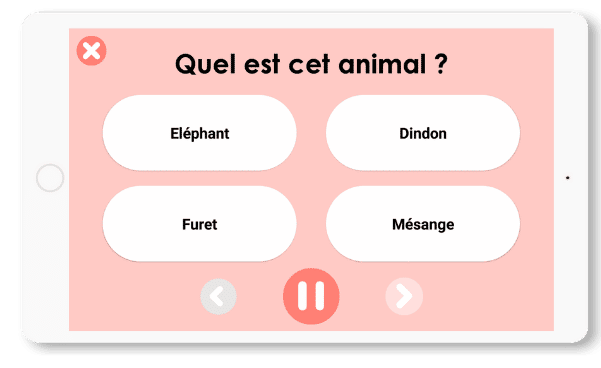
Coco Cooks
In this game, children have to remember the ingredients of a recipe. Each ingredient is represented by a picture, so it will be easy for children to recognize all the ingredients and associate the words with the objects.
You can stimulate language by asking the child the name of an ingredient or pointing to it. For children who use images to communicate, it’s important to practice pointing to images to communicate.
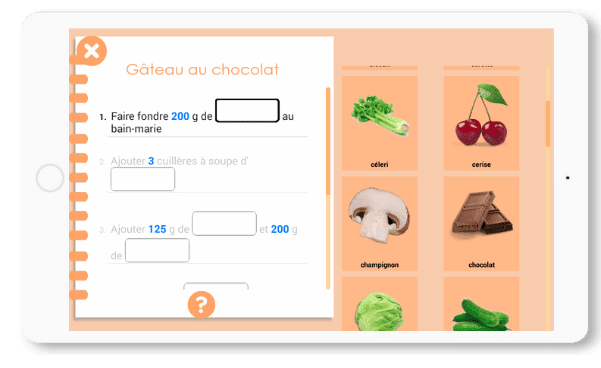
In the COCO THINKS and COCO MOVES applications, you’ll find a range of games so that every child can find something to play. Remember that every child is different, and that’s just as well! You should try to adapt the environment to the child’s needs and use his or her own skills to overcome difficulties.
The sports break
This break is very useful for non-verbal children, as there’s no need to communicate orally. Communication can take place through the body, movements and facial expressions. Sport and physical activity break down any language barriers that may exist between children.
COCO THINKS and COCO MOVES, the application for education and physical activity.
The COCO application imposes a sports break after 15 minutes of screen time. This allows them to air their brains and be more focused!
Note that it is also possible to use the app only for sports activities, to adapt the games to the child. Personalize his experience and teach him to concentrate.
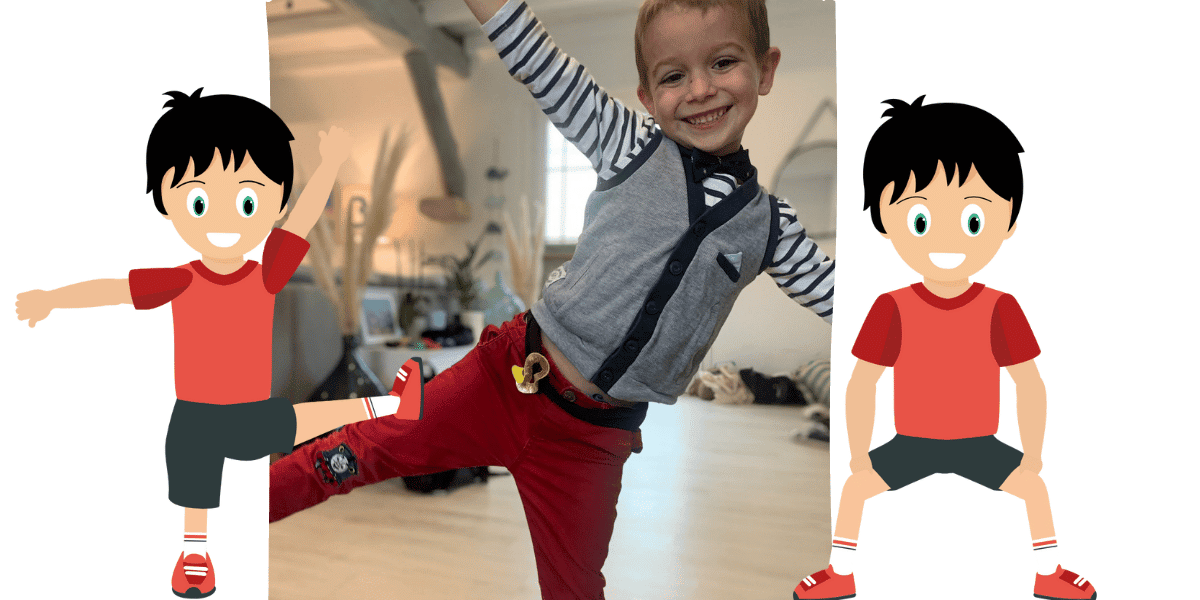
PHYSICAL GAMES “COCO MOVES
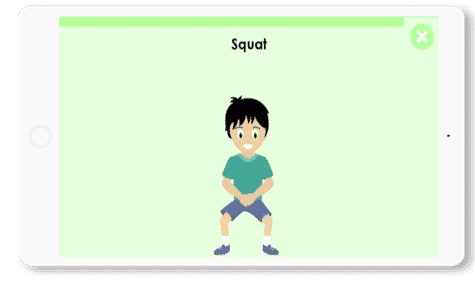
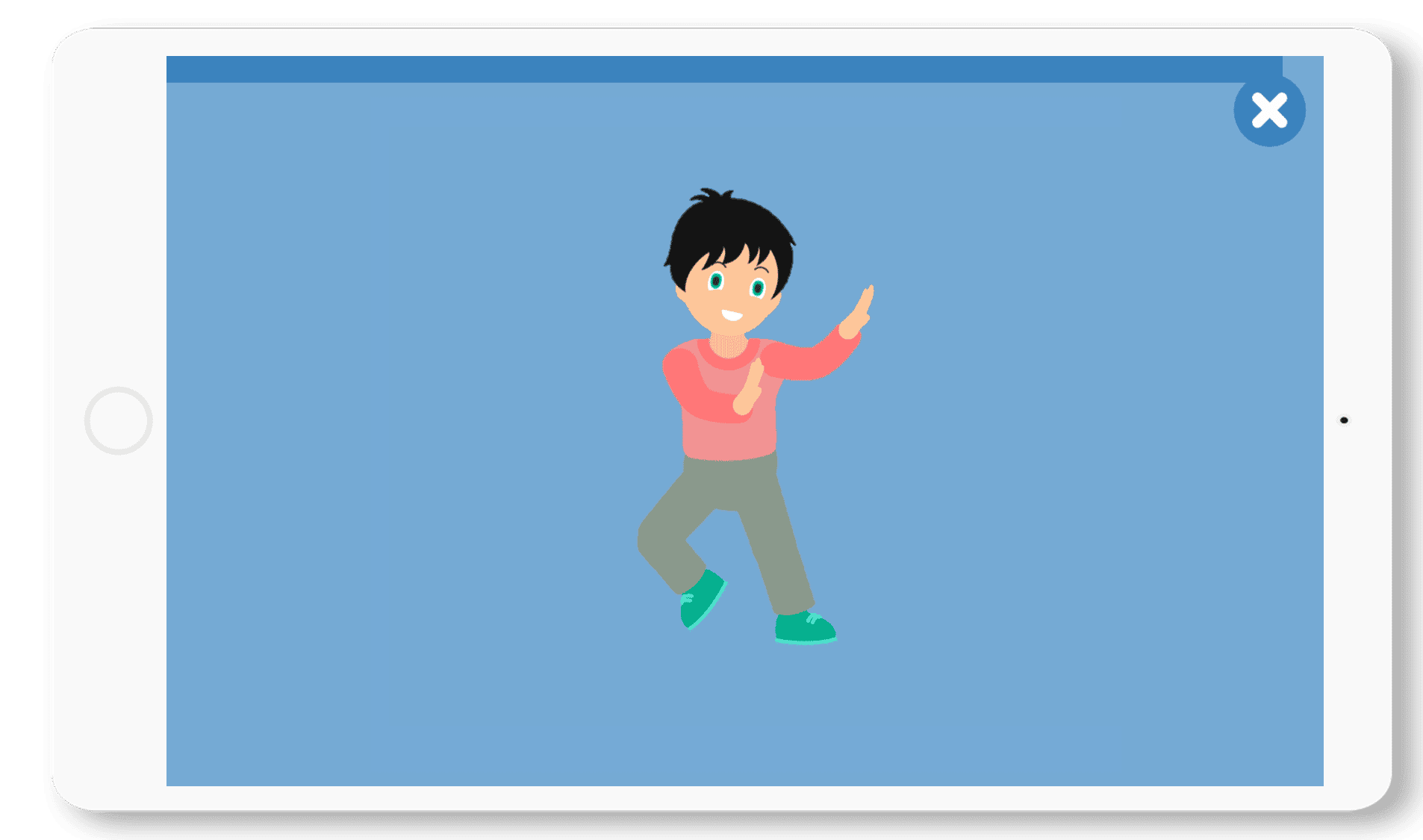
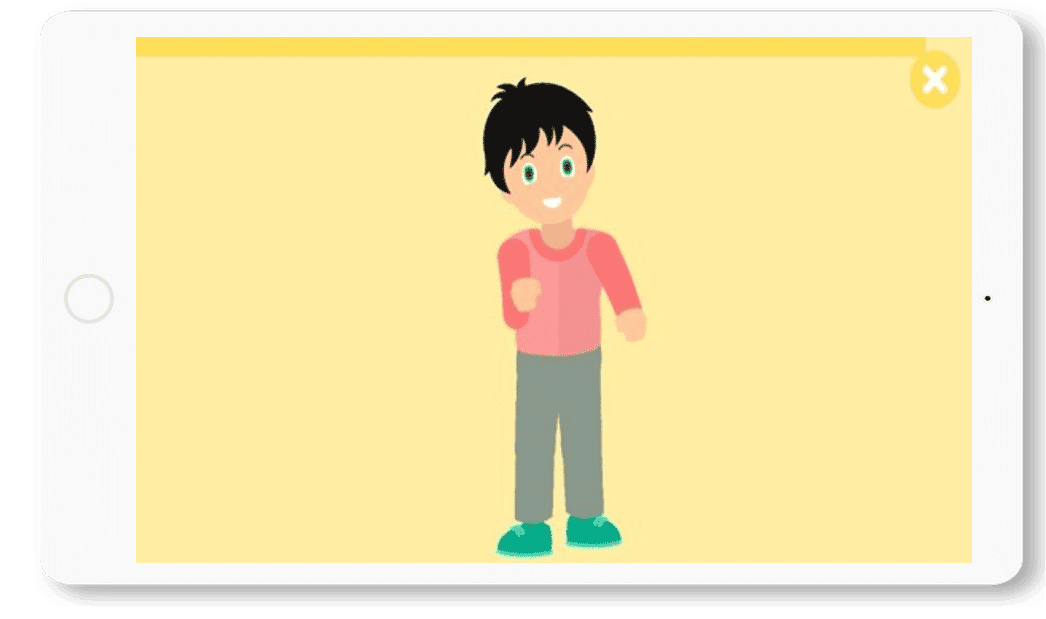
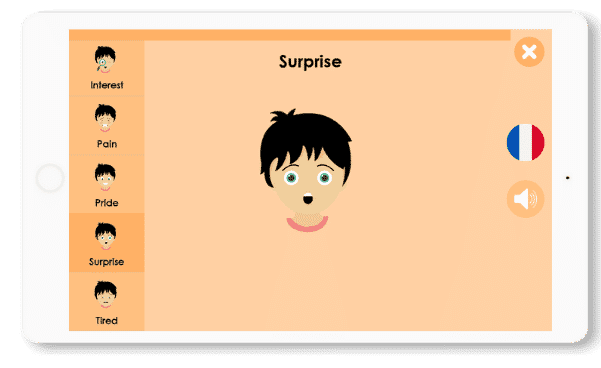
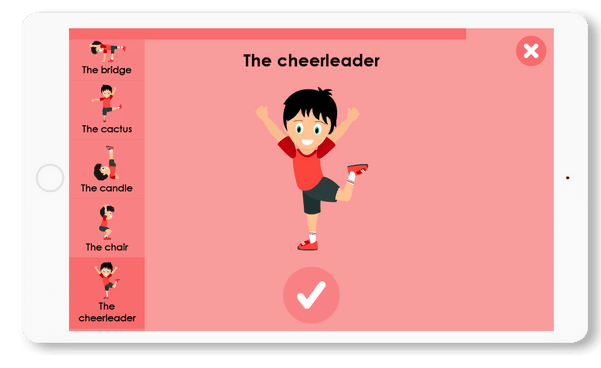
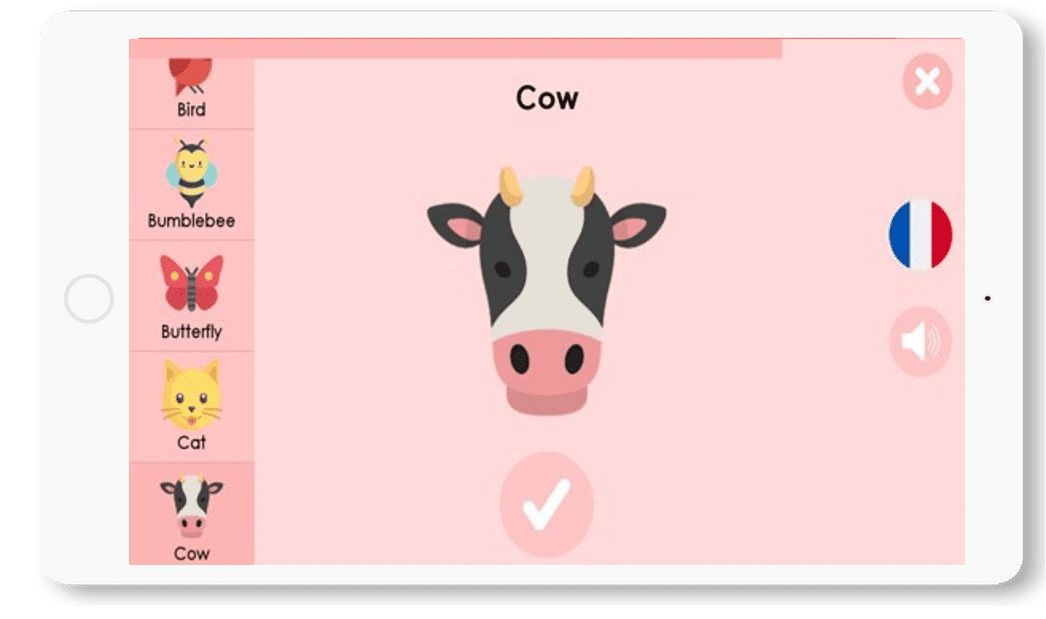
My son is 8 years old and has autism. He has difficulty relating to his peers and doesn’t use language. When he was small, my husband and I were confused because we couldn’t communicate with our own child.
Our son’s speech therapist advised us to use pictures to communicate, and we have indeed succeeded in creating little shared moments. We’ve started using pictures for everything: brushing his teeth, cooking, getting dressed… Images help us with routines (image of toothpaste on toothbrush, image of toothbrush in mouth, image of child washing mouth), but also to ask our child what he wanted.
Thanks to the photos, we learned a lot about our son and improved our relationship. The only problem was that we couldn’t take the pictures everywhere, and our son would get upset when he couldn’t communicate. So our speech therapist recommended the Mon Dico application, and since then our son has been able to communicate with ease. The images are organized and you can add lots of pictures, all grouped together on the tablet, ready to use.
Our son started using it at school too, and having a tablet attracted the attention of his classmates. Au début, ce n’était pas facile, mais maintenant, quand les enseignants me disent que mon fils a partagé des moments avec ses camarades, je suis très heureuse.
The family and social environment: an essential lever for the development of communication
While healthcare professionals, speech therapists and teachers play a central role in supporting non-verbal autistic children, the involvement of the family and close circle of friends is just as vital in supporting and reinforcing learning on a daily basis.
Why is the social environment so important?
-
Communication develops through interaction: a child learns to express himself because he is understood and encouraged to interact. Every moment shared with loved ones can become a learning opportunity.
-
Repetition and consistency: Children assimilate communication tools better when they are used regularly, in different contexts (home, school, leisure).
-
Affective security: A reassuring environment encourages children to experiment and open up to new modes of expression, without fear of failure.
How can we actively involve family and friends? Concrete examples:
-
Create a visual family communication booklet (paper or digital format):
-
Example: photos of everyday objects, family members, familiar places.
-
Benefits: enables all members of the household to speak the “same visual language”.
-
-
Train family members in the use of AAC (Alternative and Augmentative Communication):
-
Grandparents, siblings or babysitters can learn the basics of the system used by the child (PECS, apps like Mon Dico…).
-
This ensures that the child’s interactions are not limited to just a few adults.
-
-
Use shared routines to strengthen exchanges:
-
Example: during breakfast, the child shows the picture of orange juice → a parent rephrases: “You want orange juice? All right, here’s some orange juice.”
-
-
Encourage siblings to participate:
-
They can play with the child using pictograms, gestures or adapted applications.
-
This encourages sibling bonding and fosters mutual understanding.
-
Bonus tip: integrate communication into fun activities
-
Simple role-playing with images (e.g. “You’re the cook, show me what it takes to make a cake!”).
-
Hands-on activities with simple, repetitive words.
-
Use music or rhymes with gestures.
AND FOR MORE INFORMATION
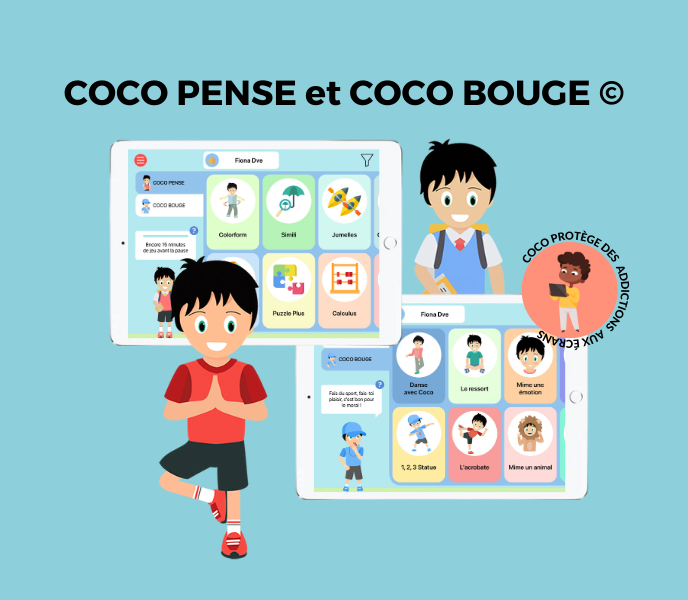
COCO, FOR AUTISTIC CHILDREN
COCO is a program for autistic children that offers a collection of educational and cognitive games. Increasing levels of difficulty allow children to progress at their own pace. It’s also compulsory to take a sports break every 15 minutes of screen time to avoid habituation.
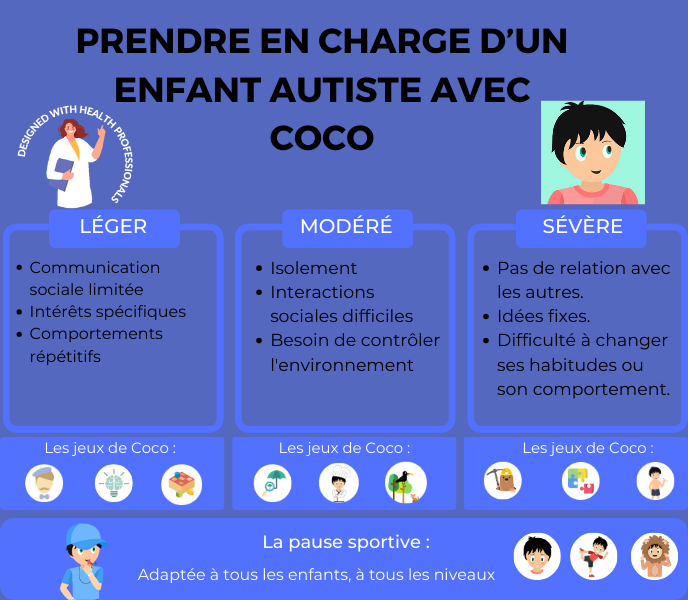
ACCOMPANYING AN AUTISTIC CHILD
In this guide, we’ll give you practical advice on how to help a child with autism, and how to stimulate and bond with them. Useful day-to-day advice to make life easier for family and professional caregivers.
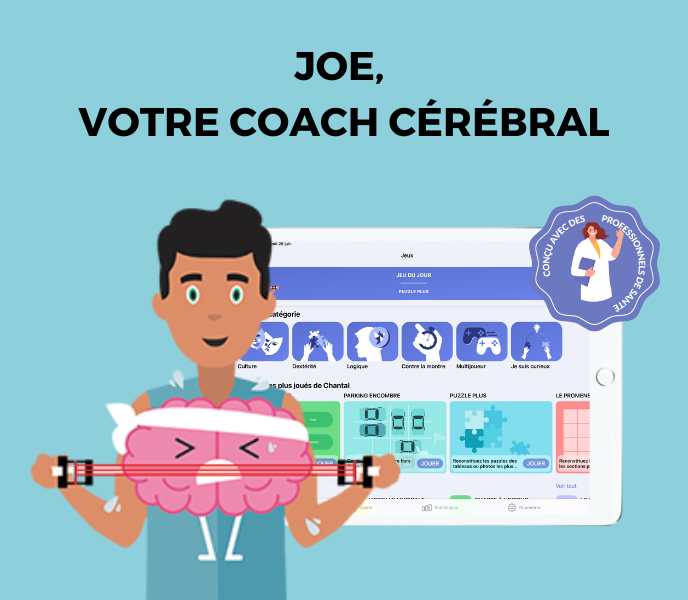
CLINT, FOR AUTISTIC ADULTS
Adapted for adults with autism, the CLINT program offers a variety of games to develop knowledge, improve concentration and strengthen mental capacities. CLINT has been designed to be accessible to all, while keeping a watchful eye on mental health.


